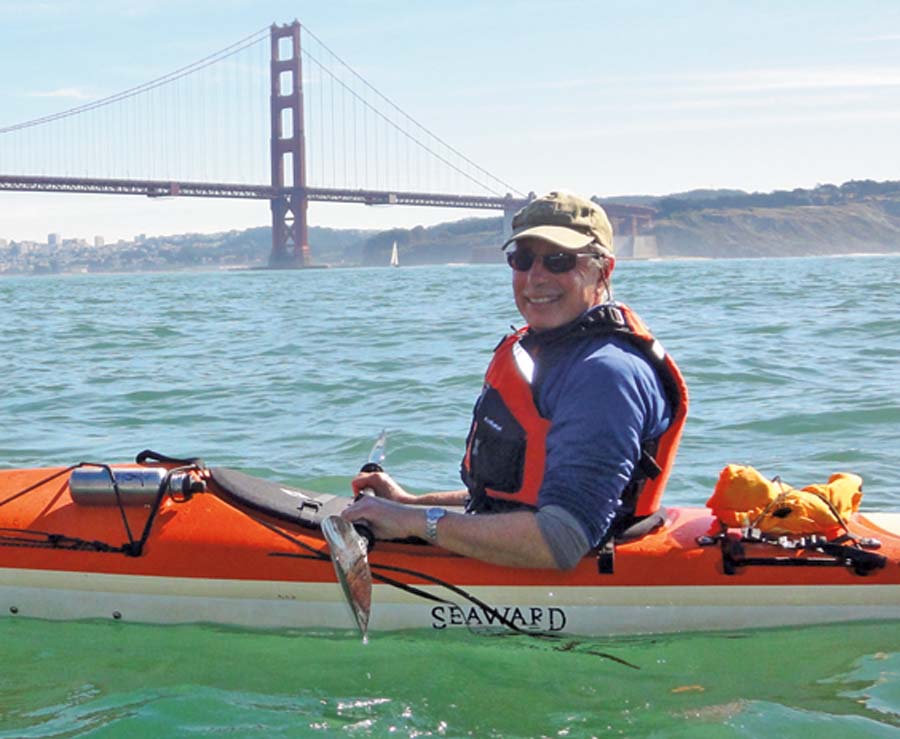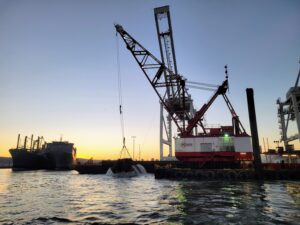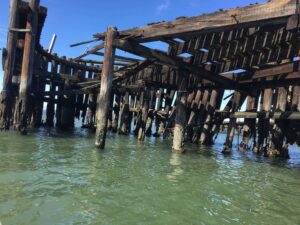This summer’s confluence of the Americas Cup races and the presumptive opening of the new eastern span of the Bay Bridge (if they can figure out what to do about those pesky bolts) has some people calling 2013 the Year of the Bay.
At Bay Nature we say that every day is Earth Day, so we’d also say that every year is the Year of the Bay. But just as folks tend to take the Earth for granted—so a “special” day is probably a good idea—here we tend to take our Bay for granted too. We even complain about having to cross over or under it to get to work or a ballgame, especially if we’re late. But even as I’m griping about the traffic on the Bay Bridge heading into the city, the panoramic view across the Bay to the Golden Gate captures my attention and reminds me why I’m here. So maybe a Year of the Bay is a good idea after all.
There’s something special about a large metropolitan area centered around a shared body of water—a massive open space in the midst of seven million people. Many other cities have been built next to great bodies of water—Seattle and Puget Sound, New York and its harbor, Chicago and Lake Michigan. But I can’t think of any other U.S. city that has a large body of water like San Francisco Bay as its core geographic feature. That is, after all, why the region is called the Bay Area and why we named this magazine Bay Nature. It’s not that we cover only San Francisco Bay; it’s that the region is defined by this feature.
But cover it we certainly have and do, because one of the best antidotes for taking the Bay for granted is to learn more about it. In our January 2001 inaugural issue we introduced the topic of wetlands restoration—the ambitious effort to bring back some of the lost 150,000 acres of shoreline marshes that once nurtured so much life in and on the Bay. In this issue we head back to the shoreline to see how we’ve been doing at nursing our taken-for-granted Bay back to health. Turns out this job is going to be harder—and even more critical—than we thought: Restored wetlands might be our best defense against the rising seas brought on by climate change.
Of course, the very best antidote for taking the Bay for granted is to get out onto it. I did just that the other day, paddling out to Angel Island from Richardson Bay. I’ve made this trip many times, but each time is different because the Bay itself keeps changing with every shift and combination of wind and current and tide. The tide charts told us we could ride a gentle flood tide over to the island, but when we got out on the Bay, the water itself told us “ebb,” and we had to put our backs into it to keep from getting pushed back out toward the Gate.
Now it looks like we’re all going to have to “put our backs into it” to make our bayshore more resilient to the flood tides of climate change. The more we can learn and accomplish now, the better we’ll be a few decades down the road. As the old kayaker says, better to go with the tide than against it, and better to ride the wave than get drowned by it. Let’s not take the tides or our Bay for granted.





